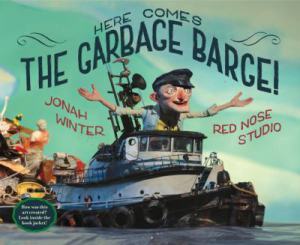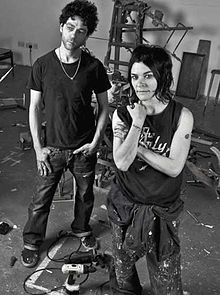“We are the Landscape” – Steven Siegal
Steven Siegal is an American fine artist that uses recycled material and pre-consumer products such as, newspapers, crushed soda cans, shredded rubber to create his public art installations in our landscape. He “reinvents the role of sculpture for an eco-conscious planet… that reflects the deposit-and-decay cycle that underlines the making of the land.” Siegal has created these works all over the world in places like, Europe, Asia, and North America. His main objective is to create a conversation about the landscape and how our society is affecting it.
His sculptures act as interventions within our landscape, we have to stop and address the “elephant in the room” that is waste consumption. There is a subtly to some of his works, specifically the ones that blend into the landscape, that I believe parallels the concealed issue of waste within out society. As scene in previous blogs and articles I have read, it is very difficult for us to see the mass consumption and issue that is waste and landfills because its impossible to physically see it all at once, but just because we cannot see it doesn’t mean its there.
In a way his work is acting as a solution by recycling material to create something new. His first objective is to show the world its waste but his underline message provides a solution of recycling or some sort of waste management. As I have scene while researching this topic, there are plenty of solutions to tackle this issue, and it seems to all point back to recycling and how we discard or reuse materials.
“Sited Works” Series
- Bridge 2 2009 Arte Sella, Italy paper
- Beach Blocks 2009 Sirolo, Italy commissioned by AliveShoes
- Bridge 2 (detail) Arte Sella, Italy
- Big, With Rift 2009 DeCordova Sculpture Park and Museum Lincoln, MA paper
- Valerio’s Hidden Gem 2009 Arte Sella, Italy Tetra Pak packages
- Pak Pak 2009 Modena, Italy Tetra Pak packages
- Tilt 2005 Kent State University Kent, Ohio paper, sod
- Two of ’em 2009 Penn State Berks Reading, PA bamboo, aluminum cans
- Can Can 2002 Bowling Green State University Ohio crushed aluminum cans
- Jory 1999 Forest Ecosystem Research Lab Oregon State University, Corvallis, OR
- Repose 1997 Atlanta shredded rubber, juice cartons
- Beach Blocks 2009 Sirolo, Italy
- Did God make a worm? 2005 Ingolsdadt, Germany Audi car parts
- Under Cottonwood Salina, KS 2012
- Carbon 2013 Canberra, Australia. Rubber. Dimensions variable. Commissioned by The Molonglo Group for the Nishi Building. Carbon hangs in front of the Australian Department of Climate Change.
- Carbon 2013, Canberra, Australia. Rubber. Dimensions variable. Commissioned by The Molonglo Group for the Nishi Building. Carbon hangs in front of the Australian Department of Climate Change.
- Large Bowl 2007 Bad Gogging, Germany paper, wood
- Nest 2004 Montalvo Arts Center Saratoga, CA
Work Cited:






























































































































